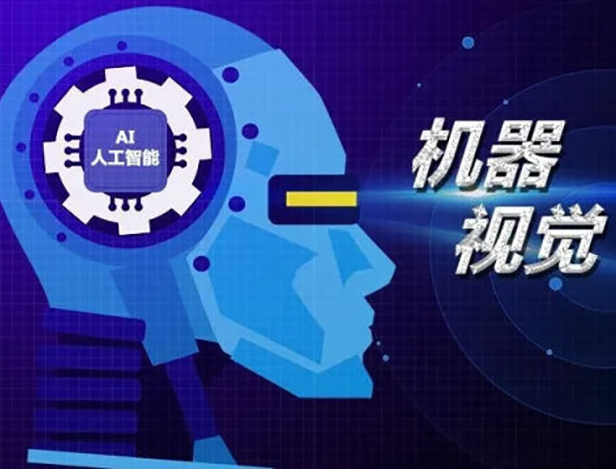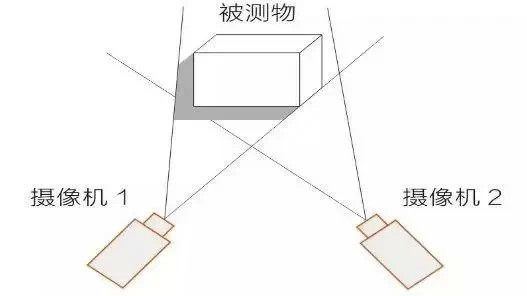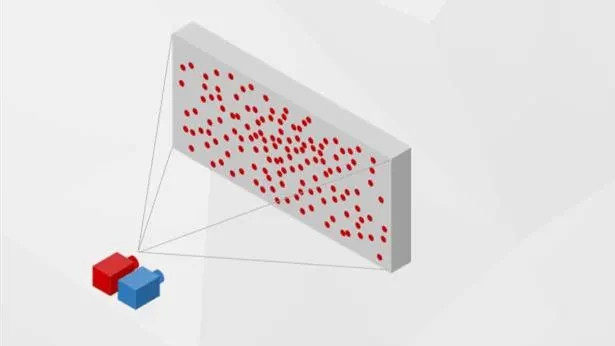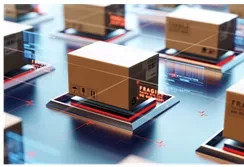Observing the world with the eyes is one of the most central biological functions inherent in human beings, and it is also the main way in which they understand and transform the world. In the long evolution of civilisation, in order to compensate for the natural shortcomings of human vision and to see the wider world, humans who are good with tools have invented machines, starting from imitating human vision and gradually moving beyond it, evolving at the pace of artificial intelligence.
From "seeing" the world to "understanding" it
In its continuous evolutionary path, machine vision has undergone four major changes.
The first was a breakthrough in colour. Early machines were limited to light-sensitive materials and technology that could only record black and white colours, until the late 19th century when a new breakthrough in optical research saw colour appear in the photographer's shots with filters and in post-production compositions, taking machine vision to its first stage.
The second was the change from analogue to digital signals. For example, in the early days of photography film was often used to model the recording of images. As digital technology became more sophisticated, digital cameras were used and gradually replaced the previous methods, becoming more efficient and faster, and machine vision entered a new digital era.
The third advance was the shift from low to high pixels. 1969 saw the first development of charge-coupled elements at Bell Labs that could convert the light signal from imaging into an electrical output for a higher resolution, more detailed picture. It led to a dramatic increase in pixels from the initial 100,000 to 10 million, prompting machine vision to move from Plain Definition to High Definition.
The fourth is the 2D vision to 3D vision ascension revolution. Along with the rapid development of AI, the machine jumped out of the 2D plane "vision" world into the 3D stereo "vision" world, Face ID, VR, face payment, intelligent robots ...... These "products of the future" in people's eyes are becoming ubiquitous thanks to the emergence of 3D vision technology.
What is 3D vision technology?
In simple terms, it is a 3D camera that collects the 3D coordinate information of each point of the target object in the field of view, and then recovers the 3D stereoscopic imaging through algorithms.
It truly reflects the state of the object and the environment, and is closer to the human perception pattern, and is not easily affected by the external environment, complex light, and can also solve the previous problem of poor security of two-dimensional vision. In the field of 3D vision technology, there are several mainstream vision modalities as follows.
Binocular vision
The principle comes from our eyes. The two "eyes" of the machine are used to look at the same thing and obtain a perceptual image from different viewpoints, then the parallax of the image is calculated using the principle of triangulation to obtain 3D information about the scene. This vision method is flexible and simple, and is widely used in aerospace mapping, medical imaging and industrial inspection.
Structured Light
Firstly, laser scatter is projected onto the target object, and then the camera collects the information reflected from the surface of the object, and then calculates the position and depth of the object according to the change of the light signal to achieve model reconstruction. We can often see it in our lives, for example, Apple's entire range of Face ID-enabled models and the mainstream 3D face payment on the market are all 3D structured light technology.
TOF (Time-of-Flight) method of optical time of flight
The distance is calculated by the time the light travels through the air, i.e. the flight time from emission to reception of near-infrared light is captured by a special sensor, which is used to determine and calculate the distance information of the object, which is then combined with camera shots to present the three-dimensional outline of the object. Mostly used for long-distance measurements, such as VR, car autopilot, etc.
3D vision technology changes our lives
In recent years, 3D vision technology has developed rapidly and is widely used in multiple scenarios such as face recognition, intelligent robotics, autonomous driving, new retail and AR, and is also slowly penetrating into all aspects of our lives.
The Face ID function in our mobile phones, interactive 3D animated emojis, and face payment on mobile phones or in shopping at supermarkets all use 3D vision technology. In addition to these everyday applications, it is also used in high-traffic, security-critical scenarios, such as corporate/school access control and building/public transport gates, to help facilitate the management of attendance and access control.
Three-dimensional measurement and reconstruction
When we buy or rent a property, photos alone are not enough and it is a pain to see it in person. Similarly, in the new retail sector, 3D vision technology is used to create a 3D model of some objects that can be viewed in 360°, so that people can see the details before they buy. It can also be used for the human body, enabling the construction of digital portraits, the generation of multidimensional body data and the analysis of poor body image assessment.
Smart Home
3D vision technology gives intelligent "eyes" to machines, for example by allowing smart appliances to perceive the shape and distance of objects and intelligently identify different object categories. In addition, its gesture recognition and skeleton recognition allow people to control appliances with gestures and to experience physical interactive games, adding to the convenience and entertainment of home life.
Industrial automation
In the industrial sector, it is also of great value. For example, in the express logistics industry, automated sorting equipment equipped with 3D vision technology can meet the logistics industry's requirements for accuracy and efficiency, sensing the size and shape of objects and automating the operation of objects of different shapes, rather than being limited to handling a single shape, giving great energy to innovative changes in industrial productivity.
Epidemic prevention and control
In times of epidemics, 3D vision technology can also help, with many new non-contact service initiatives: for example, the use of temperature identification terminals for intelligent temperature control and early warning of abnormal body temperatures; meal delivery robots delivering meals and medication to people in centralised isolation and observation sites, greatly reducing the risk of staff infection; and health code verification and human ID matching, which can effectively achieve intelligent screening and scientific early warning.
With the continuous development and integration of 5G, artificial intelligence and machine vision, in the future, 3D vision technology will enter our lives in more poses, leading us to experience more of the world's beauty and explore more of its mysteries.
Returns List








